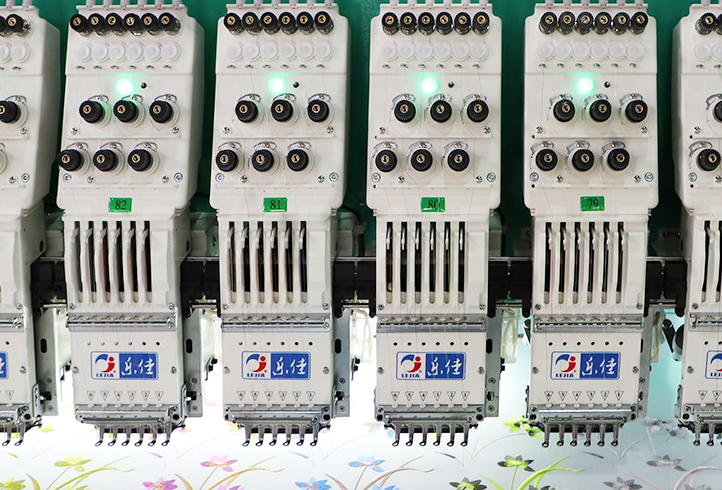Summary:
As a digital actuator, stepping motor is widely used in motion control system. When many users and friends use stepper...
As a digital actuator, stepping motor is widely used in motion control system. When many users and friends use stepper motors, they feel that the motor has a lot of heat when it is working, and they have doubts, and they don't know whether this phenomenon is normal. In fact, heating is a common phenomenon of stepping motors, but what kind of heating is normal, and how to minimize the heating of stepping motors?
1. Why does the stepper motor heat up: For all kinds of stepper motors, the interior is composed of iron core and winding coil. The winding has resistance, and the power will generate loss. The loss is proportional to the square of the resistance and the current. This is what we often call copper loss. If the current is not a standard DC or sine wave, harmonic loss will also occur; the core has hysteresis The eddy current effect also produces loss in the alternating magnetic field, and its size is related to material, current, frequency, and voltage, which is called iron loss. Both copper loss and iron loss will be manifested in the form of heat, which will affect the efficiency of the motor. Stepper motors generally pursue positioning accuracy and torque output. The efficiency is relatively low, the current is generally relatively large, and the harmonic content is high. AC motors are serious.

2. The reasonable range of stepping motor heating: the allowable degree of motor heating mainly depends on the internal insulation level of the motor. The internal insulation performance will be destroyed at high temperature (above 130 degrees). So as long as the inside does not exceed 130 degrees, the motor will not be damaged, and at this time the surface temperature will be below 90 degrees. Therefore, it is normal for the surface temperature of the stepper motor to be 70-80 degrees. The simple temperature measurement method is useful with a spot thermometer, and it can also be roughly judged: you can touch it with your hands for more than 1-2 seconds, and it does not exceed 60 degrees; you can only touch it with your hands, about 70-80 degrees; , then more than 90 degrees.
3. The heating of the stepping motor changes with the speed: when the constant current drive technology is used, the current of the stepping motor will remain relatively constant at static and low speeds to maintain a constant torque output. When the speed is high to a certain extent, the internal counter electromotive force of the motor will increase, the current will gradually decrease, and the torque will also decrease. Therefore, the heat generation caused by copper loss is related to the speed. Generally, the heat is high at static and low speed, and the heat is low at high speed. However, the change of iron loss (although it accounts for a small proportion) is not always the case, and the entire heat generation of the motor is the sum of the two, so the above is only a general situation.
4. The influence of heating: Although the heating of the motor generally does not affect the life of the motor, it is unnecessary for most customers. However, severe fever can have some negative effects. For example, the different thermal expansion coefficients of various parts inside the motor lead to changes in structural stress and small changes in the internal air gap, which will affect the dynamic response of the motor, and it will easily lose synchronization at high speeds. Another example is that some occasions do not allow excessive heating of the motor, such as medical equipment and high-precision testing equipment. Therefore, the necessary control should be carried out on the heating of the motor.
5. How to reduce the heating of the motor: reducing heat is to reduce copper loss and iron loss. There are two directions to reduce copper loss, reducing resistance and current, which requires that motors with small resistance and low rated current should be selected as much as possible during model selection. For two-phase motors, motors that can be used in series do not need to be connected in parallel. But this often conflicts with the requirements of torque and high speed. For the selected motor, you should make full use of the driver's automatic half-current control function and offline function. The former automatically reduces the current when the motor is at rest, and the latter simply cuts off the current. In addition, because the current waveform of the subdivision driver is close to sinusoidal, there are fewer harmonics, and the motor will generate less heat. There are not many ways to reduce iron loss, and the voltage level is related to it. Although the high-voltage driven motor will improve the high-speed characteristics, it will also increase the heat generation. Therefore, the appropriate driving voltage level should be selected, taking into account high speed, stability and heat generation


